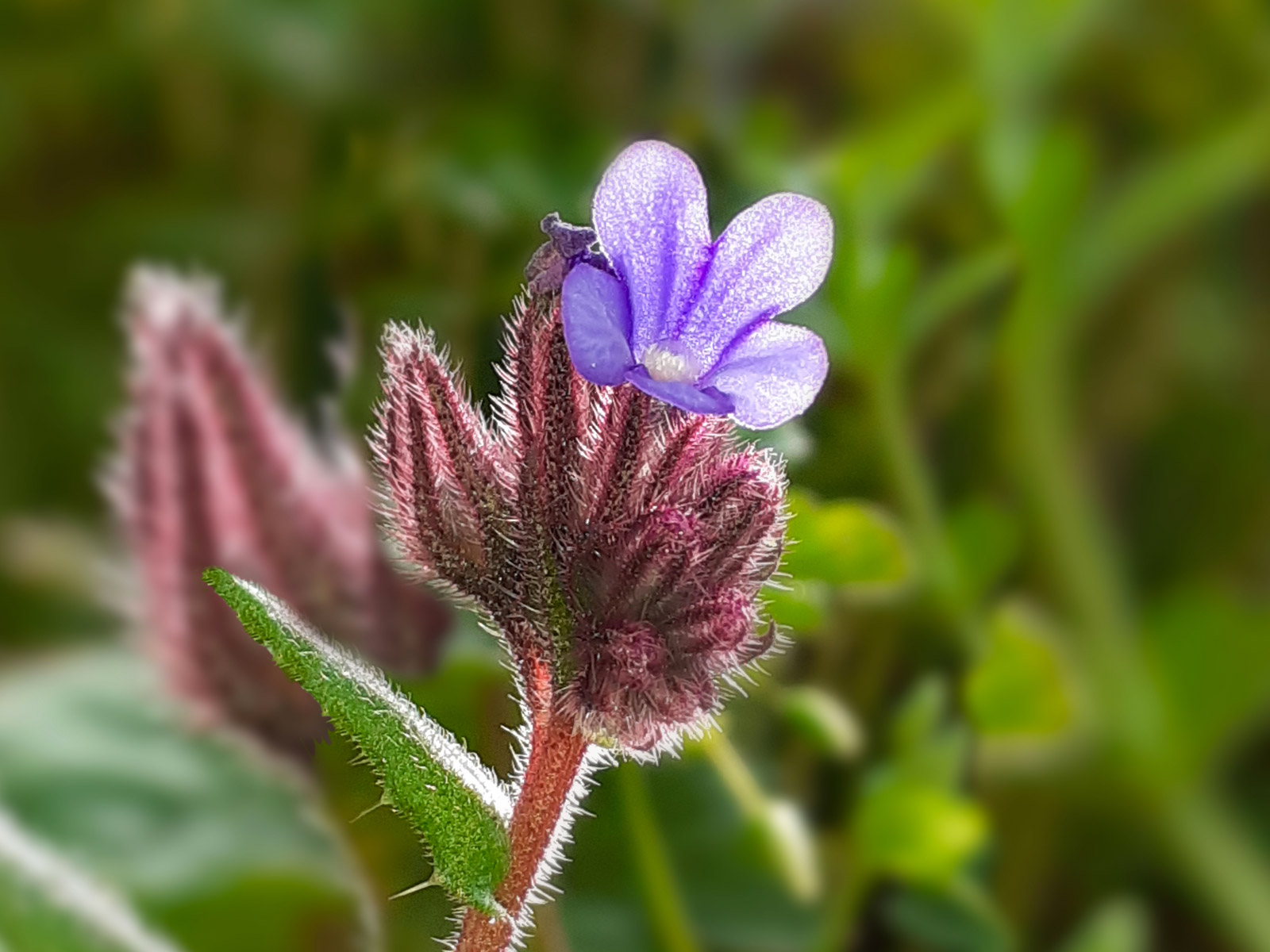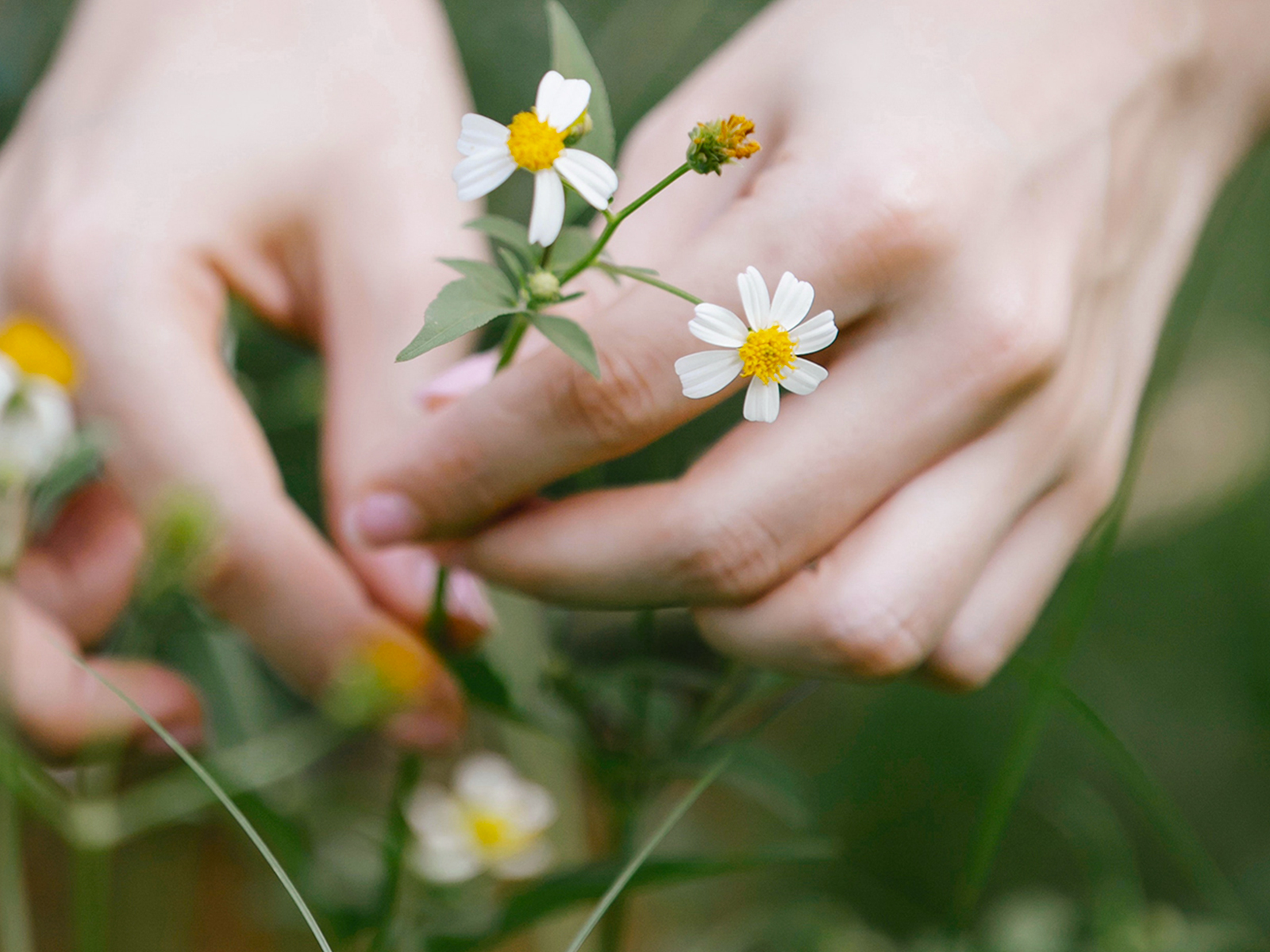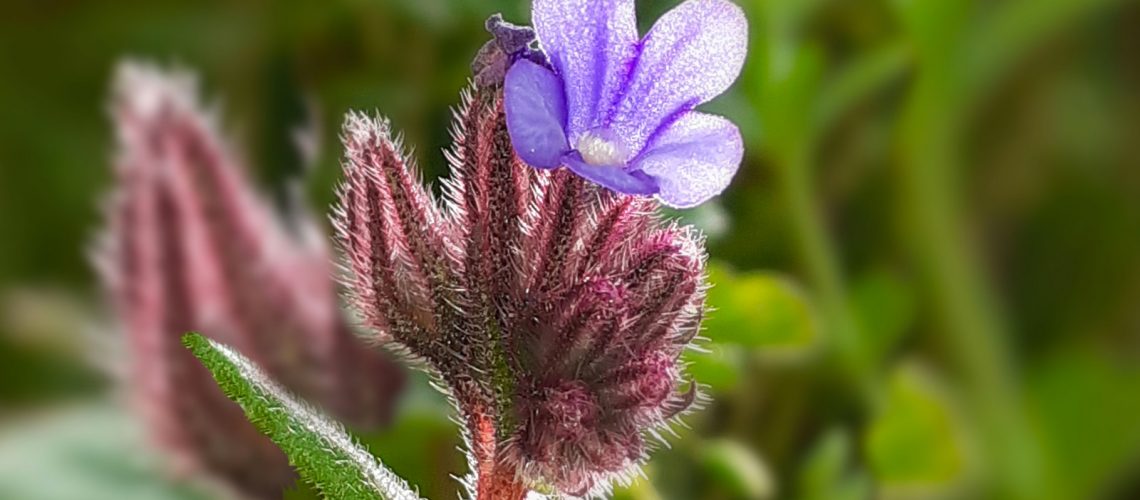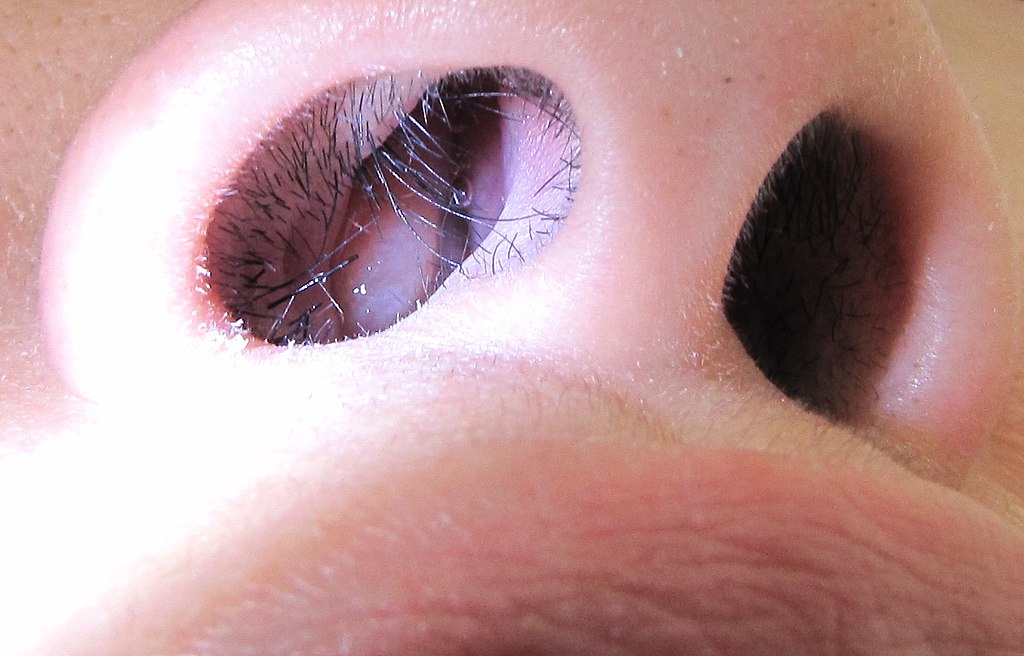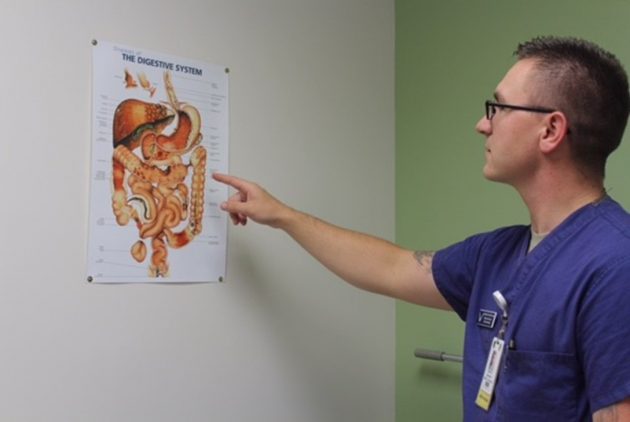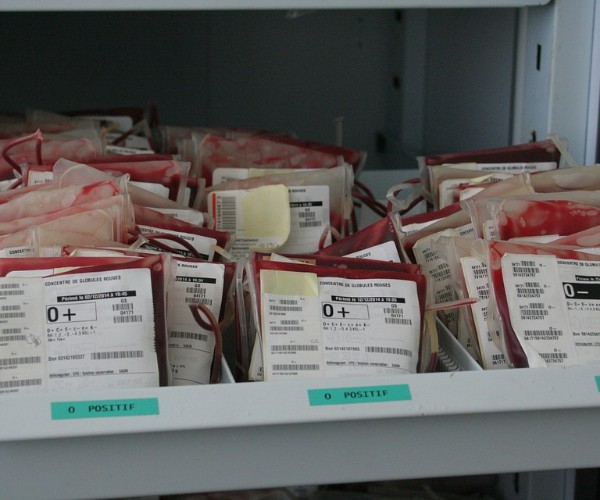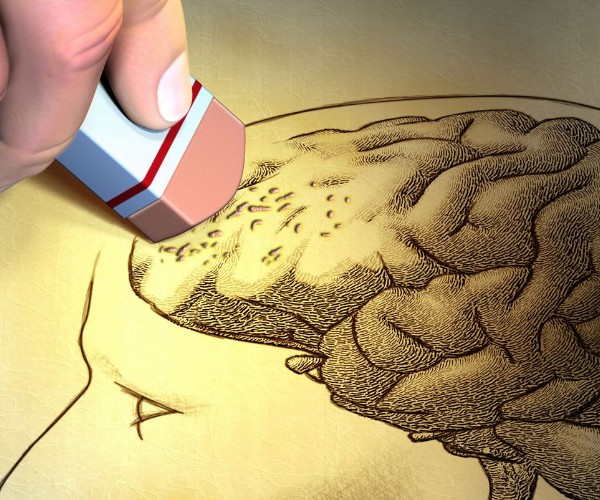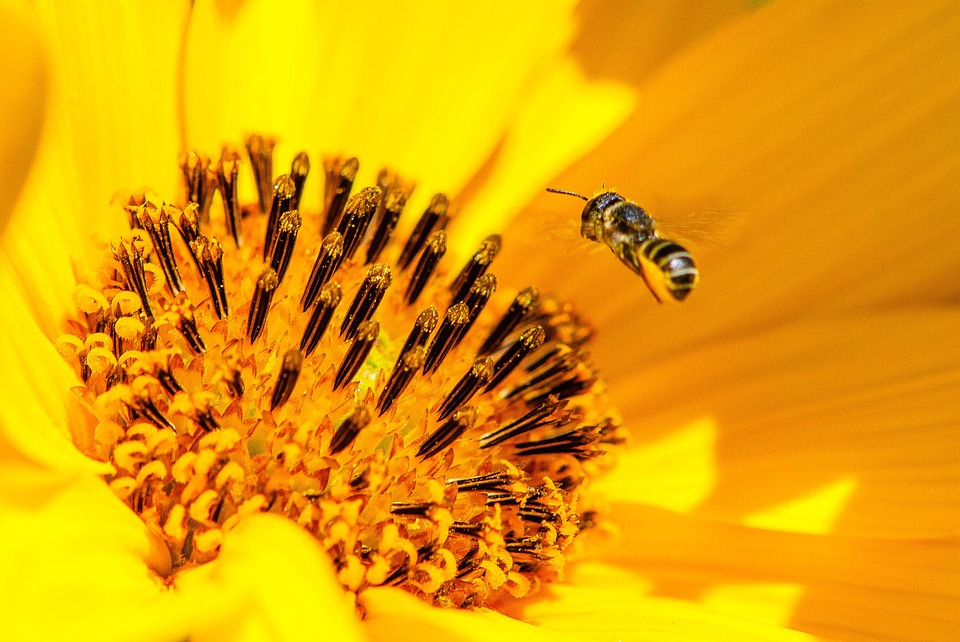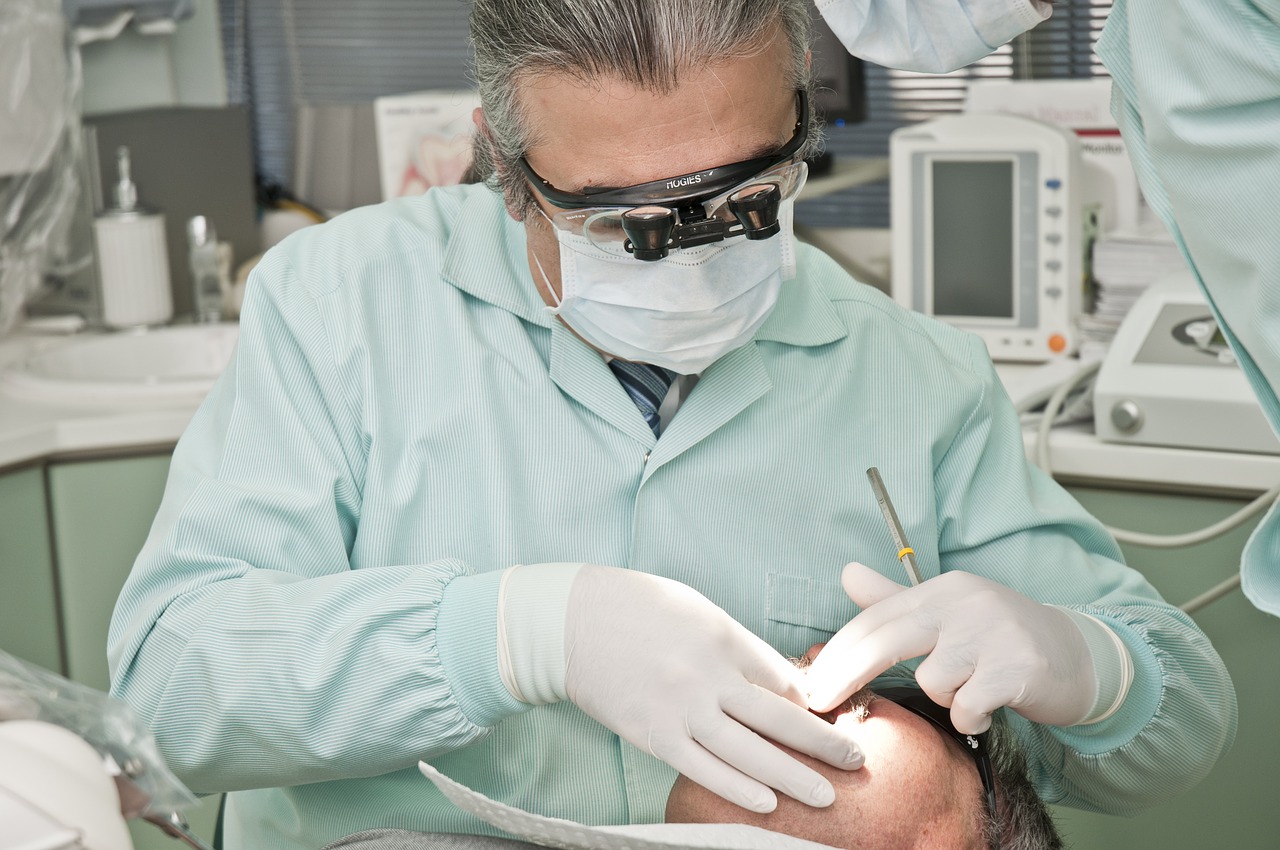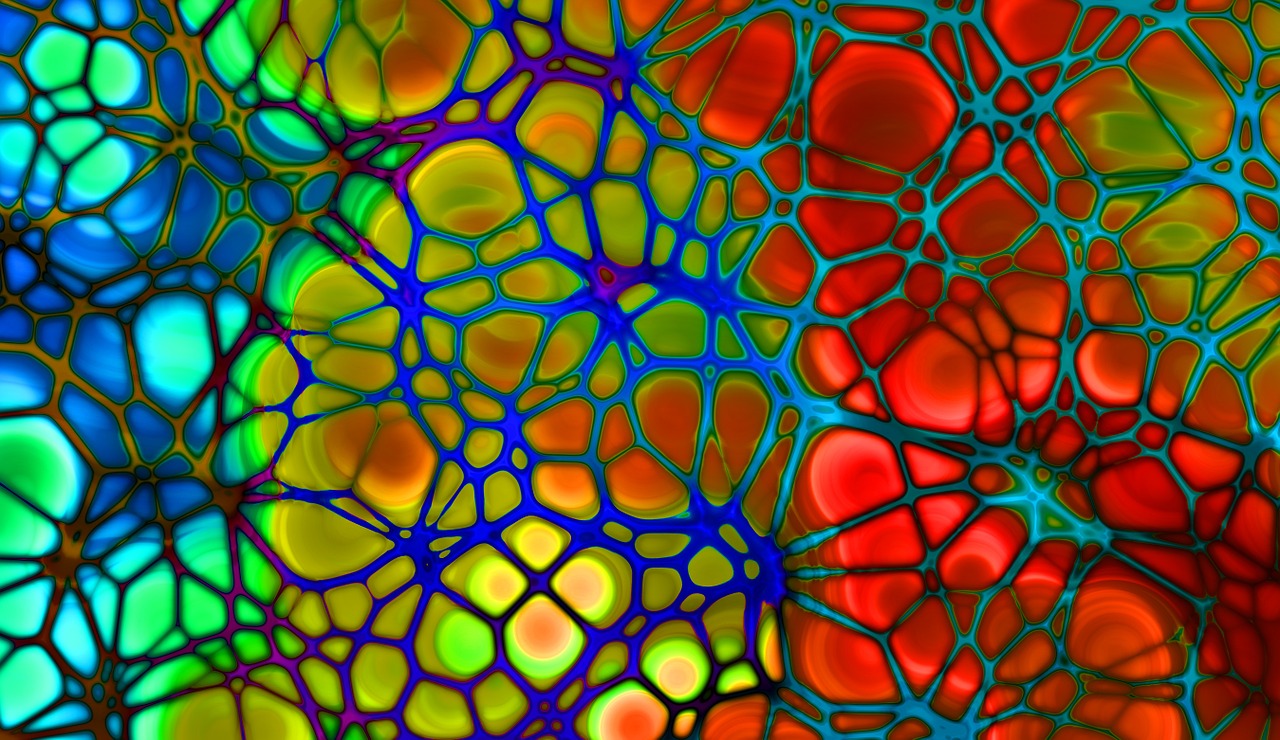It would be impossible to try to describe all the plant species that human beings have encountered and domesticated over time. For this reason we have chosen to recount only the lives of some botanical entities, not because they have greater importance than others but because, although they are well-known species, they hide some interesting curiosities.
Tomato, or Solanum lycopersicum, is an herbaceous plant of American origin belonging to the Solanaceae family; this family includes some of the most poisonous plants known, including nightshade(Atropa belladonna).
What we consume at the table to season a nice pasta dish or pizza is the fleshy fruit of S. lycopersicum, containing numerous seeds, botanically referred to as a berry. The vernacular name has to do with the typical coloring of the berry just before it is fully ripe, which gives it the typical appearance of a “golden apple” precisely.
The genus Solanum gives its name to the entire botanical family and is derived from “sólor,” meaning to console, to soothe, because of the medicinal properties of some plants in this genus; the specific epithet lycopersicum is derived from the Greek “lýcos” wolf and the Latin “pérsica malus” peach; the translation “wolf peach” is of doubtful interpretation; they are probably so called because the fruits were believed to be eaten by wolves or because when eaten raw they were believed to cause serious accidents because of their sour taste. Indeed, when it arrived in Europe in 1540 introduced by the conquistador Hernán Cortés during his return to his homeland, the tomato was immediately viewed with great suspicion, just like its cousins Solanum nigrum and Atropa belladonna, whose poisonousness had already been assayed. So initially the plant was used exclusively for ornamental purposes: at that time the fruits grew little and maintained a very decorative golden yellow coloration. Today we know that it is the green parts of the plant that contain the toxic substance, solanine, which is present in minute amounts in ripe berries that can then be safely consumed.
Besides being very tasty, tomatoes are also an important component of the Mediterranean diet due to certain nutrients including the lycopene, a carotenoid from antioxidant properties; this pigment is needed by the human body which, being unable to synthesize it on its own, must take it in through the diet: in fact, more than 80% of the lycopene found in our bodies comes from the consumption of tomatoes or products derived from them!
The cultivars that enter our kitchens belong to various types of tomatoes, each with its own certification guaranteeing its protected origin; these are plants selected in different territories and have typical characteristics such as shape, color, and size. Consider, for example, the “piennolo tomato” typical of the Vesuvius area, which grows on volcanic soil producing small, round-shaped berries with a peculiar protruding tip at the bottom. Popular in the south, this variety has the special feature of being able to keep for a long time in well-ventilated rooms; the term “piennolo” refers precisely to the custom of hanging bunches of tomatoes on the balcony.
Moving on to the area of plants cultivated for their natural fibers, cotton is certainly very familiar to us: textile fibers are obtained from various species of the genus Gossypium . This is a shrubby plant known in India since ancient times and cultivated in a great many countries today.
The flowers of cotton are very ornamental and resemble those of hibiscus; this resemblance is not coincidental since the two species both belong to the Malvaceae family, a family that includes plants dear to our hearts, such as that of cocoa(Theobroma cacao)!
Once fertilized, the cotton flowers transform into fruits which are capsules containing seeds wrapped in a soft, white bale. Each seed is bound to a feathery structure that has a very specific function: it serves to keep the seed in suspension after the capsule is opened; in this way the seeds can be carried by the wind even for several kilometers in an adventurous journey to which we give the name of anemocoria, From the Greek “ànemos” wind and “corìa” dissemination. This benefits the plant, whose purpose is to move offspring away to larger spaces to conquer new territories where they can assert the presence of their species. Humans intervened in this process by domesticating some plants in order to use their natural fiber and found ways to process it into strong, durable fabrics that we are very familiar with.
The seeds are harvested about a week after the capsules ripen, after which the raw cotton, the lint, is separated from the seeds, making the fiber suitable for carding so as to remove impurities; the seeds can be further harnessed to extract an oil that is used in food products and also for body care.
In the meantime, the fibers undergo further treatments such as spinning, weaving and dyeing: the latter is done today in an artificial way but, in ancient times, dyes extracted from “dye plants” were used, which possess in their organs special pigments capable of dyeing not only fabrics but, in some cases, even hides and hair!







Cite as an example Isatis tinctoria from whose leaves the color blue is extracted. It is a herbaceous plant of Asian origin belonging to the Brassicaceae family, the same family that includes some of the most widely consumed vegetables on our tables, such as cabbage and arugula. I.tinctoria it has become wild in some Italian territories, for example in Sicily, where it has been the subject of studies related to the phytochemistry of the species; although no longer useful to humans as a natural dye, this plant has proved valuable for its biological properties: studies conducted by the University of Messina have detected the presence of some substances now being investigated for their therapeutic properties.
It would even appear that the presence of a particular compound, glucobrassicin, has anti-cancer properties.
Plants help man! In addition to the beauty and genuine spontaneity they present in their free state, plants reveal additional aspects of great usefulness to human beings: this detail is perhaps not accidental and should not surprise us, since it could be associated with the very “interest” the plant has in using humans as a vector for seed dispersal; in practice, by keeping human interest in them alive, plants secure yet another chance to conquer new territories.
Speaking of curative virtues, it is fitting at this point to mention the group of medicinal plants, that is, plants that have specific therapeutic properties. We will discuss this in more detail in future lectures, but we want to report here on a perhaps little-known example: Allium sativum, garlic! A plant that we certainly know for its dietary virtues but hides other merits. It is a species of Asian origin belonging to the Amaryllidaceae, a family of monocotyledonous plants (angiosperms having only one cotyledon in the seed) comprising mainly bulbous species. It is precisely the bulbs that are used for our seasonings; the bulb is a special structure that allows plants to survive underground during the adverse season. It results from the transformation of leaf buds that wrap around a shortened underground stem; the underground leaves, called cataphylls, increase in thickness becoming an important source of water and nutrient reserves that are used to regenerate the aerial part during the favorable season.
In addition to flavoring our dishes, garlic has beneficial medicinal qualities. The characteristic pungent odor betrays the presence of sulfur compounds includingalliin andallicin that give the plant antibiotic and antiseptic properties. Before the emergence of antibiotics, garlic was used in the treatment of various types of infection including dysentery. Even now it is still used as a home remedy to treat intestinal infections caused by certain parasites.
The plants are valued aesthetically especially for their flowers. The beauty of orchid flowers is known to all. The structure of this flower is very unique, and even not recognizing its evolutionary significance one immediately grasps its distinctiveness. Orchid flowers are unique in that they have specially modified structures to enhance the insect’s attractiveness by minimizing the energy expenditure invested by the plant for this purpose. We know, for example, that many plants “waste” their pollen by entrusting an extra amount to the insect to reward it for its work. Or nectar, a highly valued sweet and nutritious substance, is specially produced. The flower structure of orchids is designed to release only the amount of pollen needed for the purpose of reproduction, with no waste! In addition, the shape sometimes seems to match perfectly with the anatomy of the insect.
That’s not all. Some orchid species literally trick and plagiarize the insect into approaching them with false promises: this is the case with some species of the genus Ophrys, widespread throughout Europe, whose flowers resemble the females of particular species of wild bees whose males, deluding themselves that they have found a willing female, swoop down on the flower without demeanor! This fact is truly amazing especially considering that flowers not only mimic in shape and color a bee but can even mimic its chemistry by producing sex hormones quite similar to those produced by the female bee during the mating season.
When we put a vase of beautiful orchid flowers in the house, we will look at them with different eyes….




